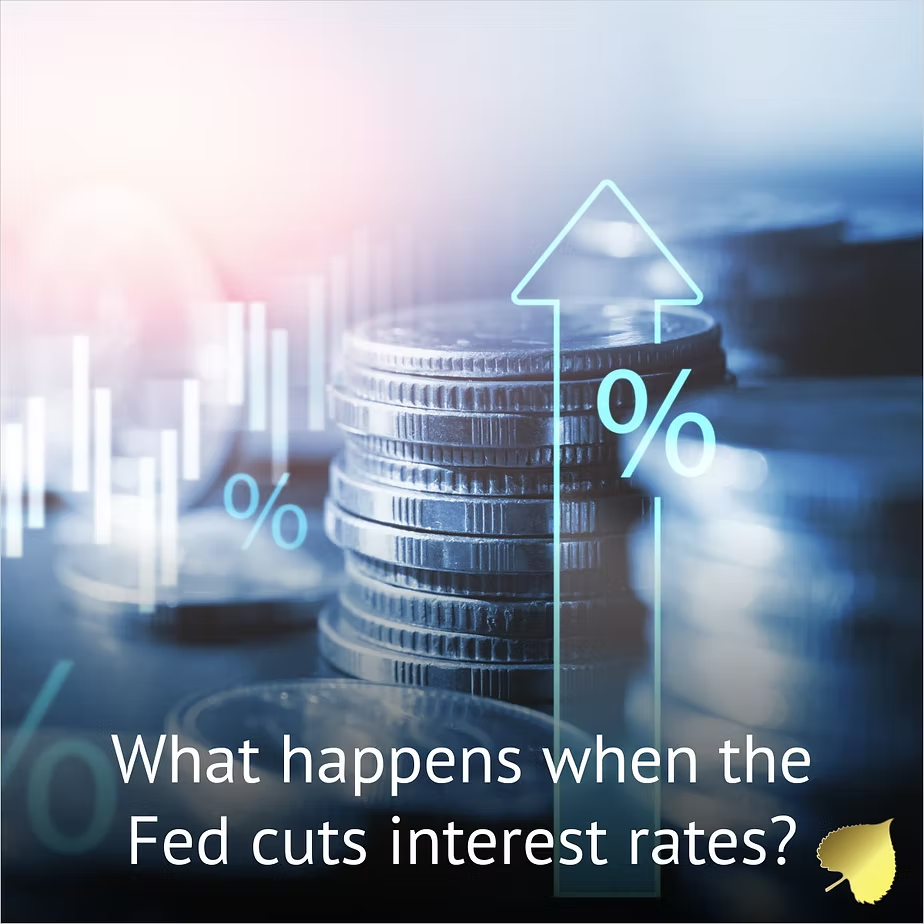As the economic environment continues to evolve in 2024, the Federal Reserve remains a central player in influencing financial markets and economic growth. Interest rates, which are one of the Fed's primary tools, have experienced significant fluctuations in recent years, especially in response to inflationary pressures and the aftermath of the COVID-19 pandemic. When the Fed cuts interest rates, the ripple effects are felt across the entire economy. Understanding these impacts helps investors, businesses, and consumers make more informed financial decisions.
Lower Borrowing Costs: Stimulus for Consumers and Businesses
One of the most direct impacts of a Fed rate cut is the reduction in borrowing costs. In September, after 11 rate hikes during 2022 and 2023 aimed at controlling inflation, the Fed signaled a more accommodative stance in response to softening inflation and slower economic growth. Lower interest rates reduce the cost of borrowing for both individuals and businesses, spurring activity in sectors like housing, automotive, and corporate investments.
For individuals, this means cheaper mortgage rates, lower interest on auto loans, and more affordable credit card rates. In 2024, as the housing market stabilizes from its earlier rapid growth, lower rates have once again made it easier for first-time buyers to secure affordable financing. Similarly, businesses benefit from lower interest costs, which can lead to expansion, capital investments, and increased hiring.
Encouraging Consumer Spending: A Key Economic Driver
Consumer spending is a critical component of economic growth, accounting for nearly 70% of U.S. GDP. When the Fed cuts interest rates, it makes borrowing cheaper, which typically encourages consumers to take out loans or finance major purchases. In 2024, lower borrowing costs have provided relief to consumers facing elevated costs for goods and services due to lingering inflation. As inflation moderates, lower rates have helped offset some of these costs, encouraging more discretionary spending on items such as homes, cars, and luxury goods. The Fed's likely rate cuts in 2024 and beyond will also aim to ease the debt burden on households that accumulated higher levels of credit card debt during the pandemic recovery and inflationary surge. Easing rates has led to somewhat of a stabilizing effect, helping avoid a more pronounced economic slowdown while boosting retail sales and consumer confidence.
Impact on Savings: Challenges for Savers Continue
While rate cuts are beneficial for borrowers, they tend to have a negative impact on savers. The Fed’s recent 50 bps rate cut has already impacted the return on traditional savings vehicles such as savings accounts, certificates of deposit (CDs), and Treasury bonds. While these more conservative investment vehicles still offer attractive yields, the Fed’s actions in the coming months could give way to a landscape where cash is no longer an attractive alternative to traditional securities like stocks and bonds.
Stock Market Response: A Bullish Reaction, But With Caveats
The stock market has typically responded positively to the anticipation of interest rate cuts, and 2024 has been no exception. Lower rates tend to reduce the cost of capital for businesses, boosting corporate profits and, by extension, stock prices. Interest rate sensitive sectors have historically been the beneficiary of anticipated interest rate cuts by the Federal Reserve. Homebuilders, for example, have outpaced the S&P 500 due to the expectation that lower mortgage rates will unleash pent-up demand for new housing starts. Consumer discretionary companies could also stand to benefit from ongoing rate cuts as lower borrowing costs may allow consumers to increase their consumption of non-essential goods. Historically, Small-Cap companies also benefit from rate cuts as these less-mature companies tend to have higher debt levels than their Large-Cap counterparts.
Keep an Eye on Inflation
When the Fed cuts interest rates, it increases the money supply, encouraging spending and investment. However, if done too aggressively, rate cuts can reignite inflationary pressures. The Fed will be walking a fine line between supporting economic growth and avoiding a return to higher inflation. Investors should keep an eye on inflation metrics, as they will be key to determining the pace and magnitude of future rate adjustments.





